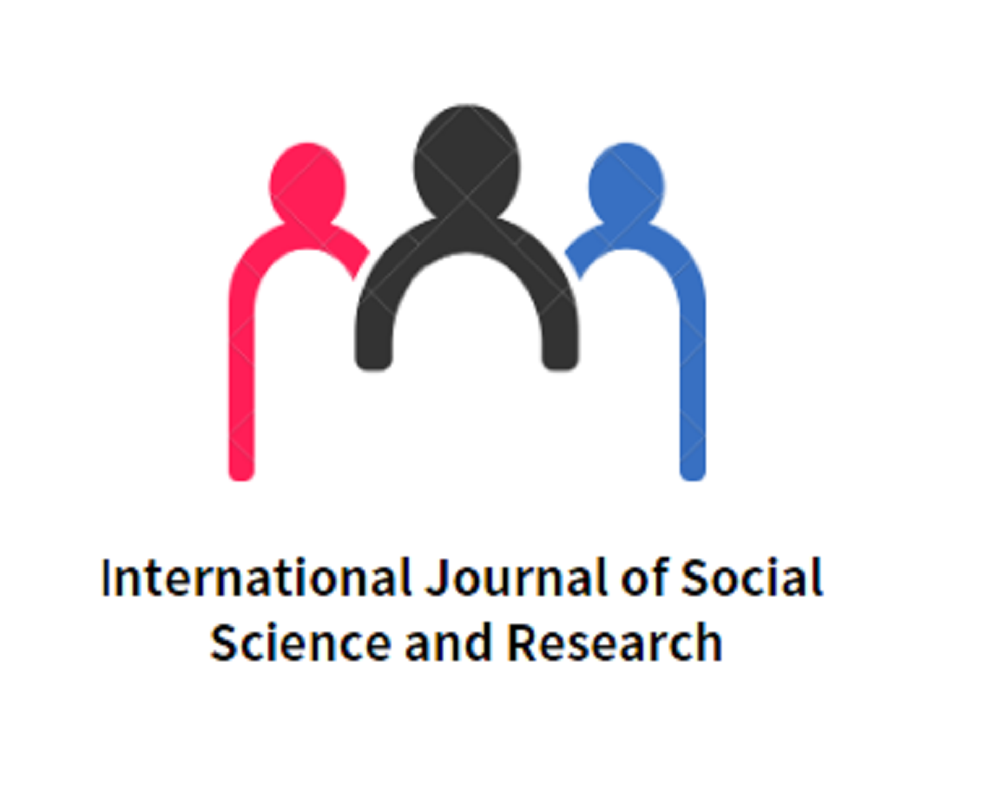The psychological construction of early childhood art education refers to the process of promoting children's mental health, emotional development, and personality shaping through art education activities. Art Education provides a platform for early childhood to express themselves, achieve self-realization, unleash their wisdom, develop own aesthetic standards, learn cooperate and communication skills, achieve psychological balance and establish understanding and respect. This study highlights the strategic shift in the approach to art education in China, with a focus on interdisciplinary education and the integration of art into extracurricular activities. With the issue on knowledge is often imparted in a one-way manner and children is encouraged to passively imitate, does not align with the developmental needs of young children or the goals of comprehensive education, this paper researches the dynamic process that involves teachers, students, and sometimes parents and community members in a cycle of planning, acting, observing, and reflecting to improve educational practices, and outlines the Mission and Vision on Development goals and the level of emphasis placed on families and kindergartens, Professional advantages of promoting mental hygiene through art education and Matching of key points, principles, and strategies.
art education; mental hygiene; early childhood
Zhou Y., Mao W., Liang G., Deng., Chen S., Cai X.,Wang J., Xu H., Jin W., Wu C., Pan P., Jiaxuan 5, Li Y., Yu J., Tang S. The Psychological Construction of Early Childhood Art Education. Int. J. Soc. Sci. Res.,2024, 2(1), doi: 10.58531/ijssr/2/1/3

